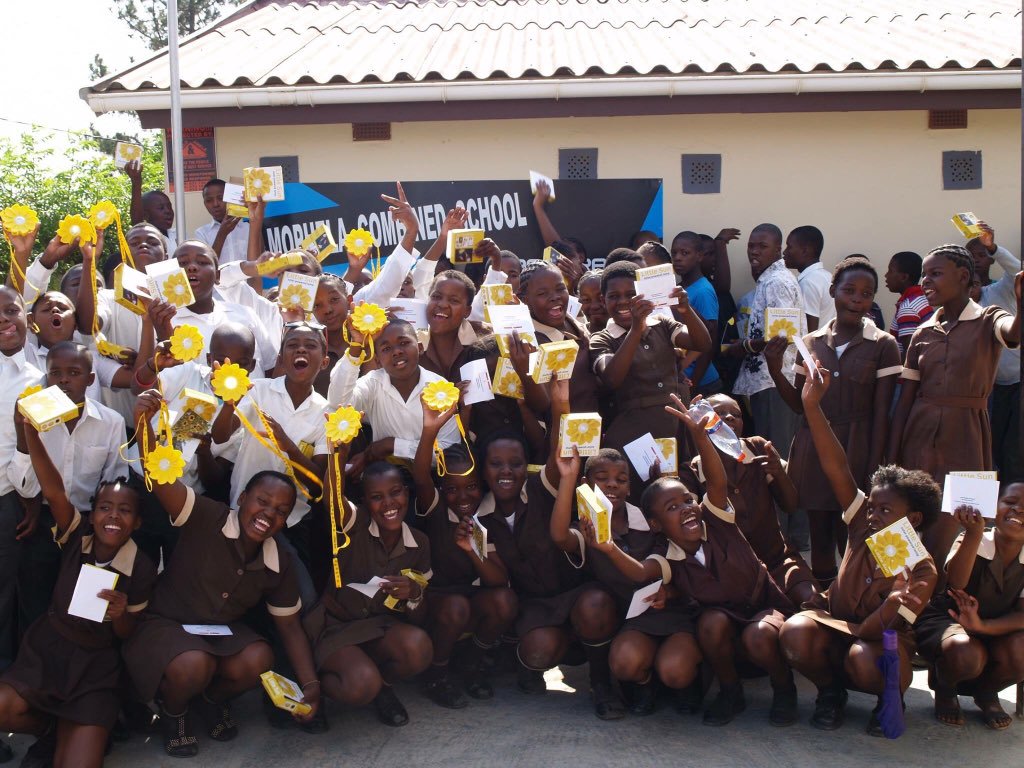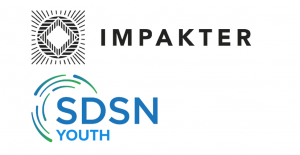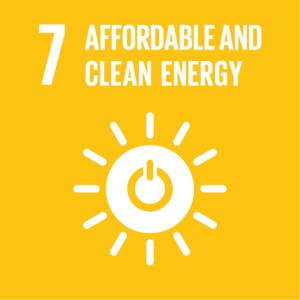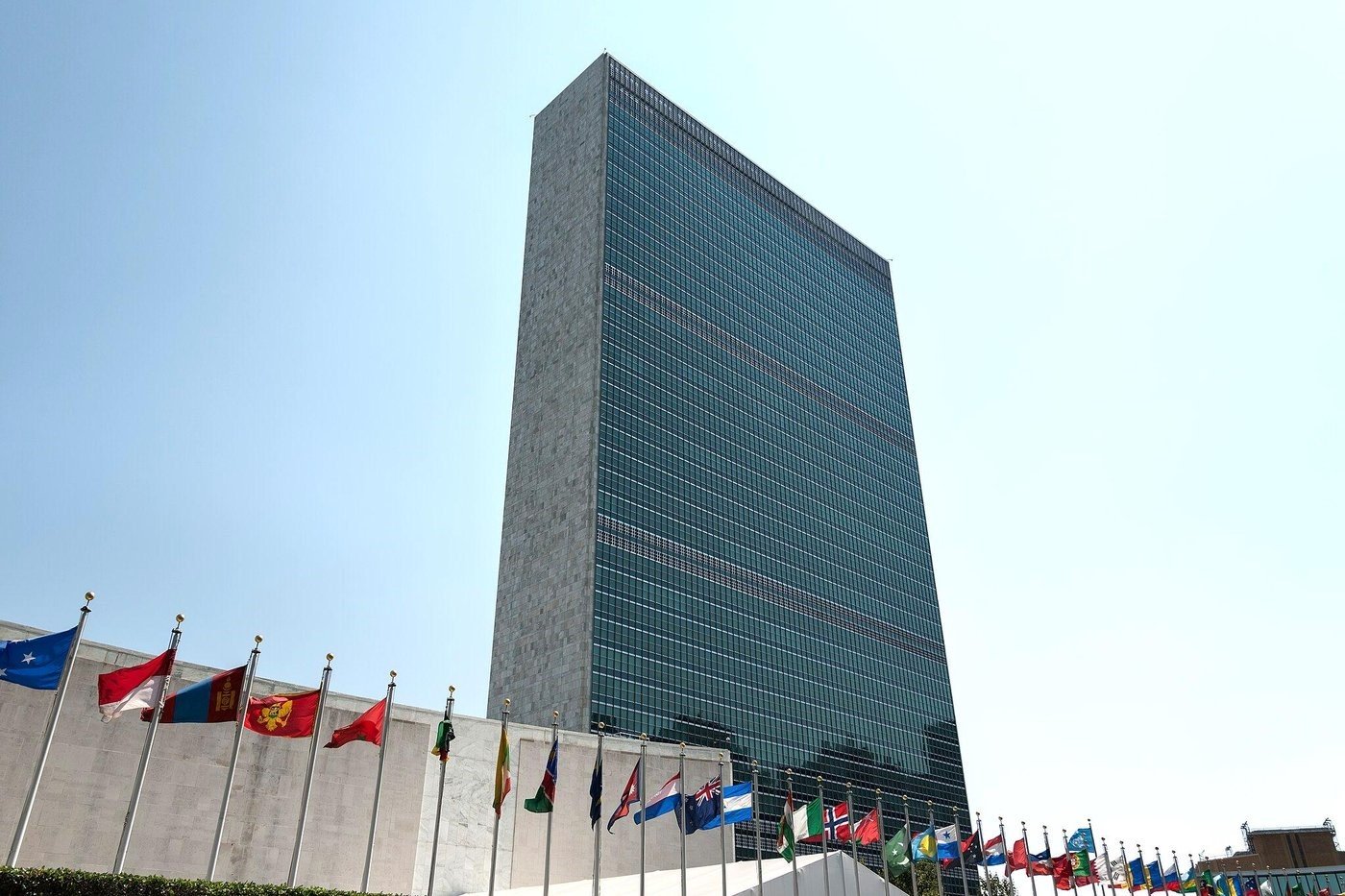A Closer Look at Solar for Life’s Role
Editor’s Note: This is the seventh piece in a collaborative series on the Sustainable Development Goals. See the introduction to the series here.
Goal 7, to ensure access to affordable, reliable, sustainable and modern energy for all, was born of a simple observation: that our climate system is undergoing drastic change as a result of a global economy that is overly reliant on fossil fuels. Alternative energy sources are on the rise and in 2011 they already accounted for more than 20 percent of global power. But this is still not enough, every effort must be made to achieve Goal 7 by 2030.
Strategies include (1) investment in clean energy sources such as solar, wind and thermal; (2) adoption of cost-effective standards for a range of technologies to reduce global electricity consumption – this could help avoid the construction of roughly 1,300 mid-size power plants; (3) focusing on expanding infrastructure and upgrading clean energy technology in all developing countries.
The challenges the developing world faces in this area are stunningly large. Around 1.1 billion people worldwide — roughly the population of India — still live without access to electricity with most concentrated in Africa and Asia. Another 2.9 billion rely on wood or other biomass for cooking and heating, resulting in indoor and outdoor air pollution attributable for 4.3 million deaths each year.
Moreover SDG-7 is intimately linked to SDG-1, the Global Goal to fight poverty. Insufficient access to energy constrains people’s ability to break cycles of poverty and increase their quality of life. Of Africa’s 1.1 billion people, 622.6 million do not have electricity. This equates to approximately 57 percent of the population living in the dark.
Lack of electricity, more specifically lack of light, prevents nighttime reading, work, and socializing. Moreover, 85% of people without electricity live in remote, low-density rural areas. Therefore, it is in these off-grid rural areas that individuals need light the most. Not only are rural populations less likely to receive access to clean and affordable energy, but they are also more likely to be left behind in terms of infrastructure development and upkeep.
As a result, many individuals in these off-grid communities rely on burning kerosene oil to provide light. However, kerosene is extremely hazardous to the environment, the health of community members, and economically unsustainable. In addition to releasing black carbon directly into the environment, kerosene in some cases can account for up to 25 percent of the monthly income for off-grid families in Africa. From a human health perspective, kerosene also causes fatal burns, eye, and lung problems resulting in “over four million deaths per year, mainly among women and children,” which is more than both malaria and HIV/AIDS combined.
The solutions as envisaged in the UN language for SDG-7 are many but one solution certainly stands out: the sun.
Until fairly recently, the sun was an untapped energy resource. For example, according to the government of South Africa, “most areas average more than 2,500 hours of sunshine per year, and average solar-radiation levels range between 4.5 and 6.5kWh/m2 in one day.” With an abundance of sunlight available, solar lights are a viable solution to the lack of accessible and reliable energy in off-grid communities, bringing light to those living in the dark.
Related articles: “UNITED NATIONS: GEARING UP FOR AGENDA 2030”
“#SDGStories— LAUNCH OF OUR SUSTAINABLE DEVELOPMENT GOALS SERIES”

Lack of education with regard to the dangers of kerosene use has decreased the likelihood that people will switch to solar energy. Therefore, educating potential off-grid users is critical for the success of solar technology. At the same time, education and implementation have to be culturally-relevant. Ideally, community members become the educators. Because they know the individuals with whom they will work and impact, they are best able to promote local values and social equity.
Impakter recently met with the team of Solar for Life, a not-for-profit organization whose activity fits squarely within SDG-7, as it aims to provide access to clean and affordable energy to developing communities across the world. Here are highlights of the conversation we had about their work, hopes and achievements.
How would you describe Solar for Life?
Solar for Life: Solar for Life is an entirely youth-run organization that aims to provide access to clean and affordable energy to impoverished communities across the world. Through a network of youth ambassadors, we fundraise and install solar panels in off-grid developing communities to help provide affordable energy and empower community members. To ensure a bottom-up approach, we partner with local non-profits who are from, and work directly with communities.
How do you operate? What is your strategy?
S.F.L.: Micro-impact donations, youth entrepreneurship education, and development research make up the three-pillars that enable our holistic mechanism, ensuring that communities are better off and most importantly, self-sufficient. Often first time users of solar lights are daunted by the initial investment of switching from kerosene to solar energy. Therefore, we address this challenge with Solar for Life’s first pillar, micro-impact solar light donations. We fundraise through school and university outlets, and through businesses’ social corporate responsibility platforms. These fundraising initiatives provide us with the ability to make solar light micro-impact donations. We therefore help remove the up-front cost, one of the biggest hurdles to considering solar light use. By providing off-grid schools and programs with free or subsidized solar lights, users get to see the value of the light without fear of economic stress. From these experiences, more awareness is raised through word of mouth communication in the communities, so offering lights for free or at reduced cost is another successful method of introduction and education.
You spoke of a “first pillar.” What is your second pillar?
S.F.L.: Solar for Life strongly believes that young people hold the key to a sustainable future, thus our second pillar is youth entrepreneurship education. Educating youth about sustainable energy has been incredibly successful. In addition to being exposed to environmental science, they also learn about appropriate energy consumption and the effects they themselves have on the environment. Schools and educational programs foster an environment for these discussions by teaching young people how to take positive change and development, into their own hands. Solar for Life and our partners encourage students to embrace sustainable living and to engage their families and friends. We work to create a system in which students and youth can learn about solar energy and then fundraise by selling the subsidized lights for their school or program.
https://www.youtube.com/watch?v=d5ru3FdZc8k
Your “entry point” as a humanitarian actor is therefore education?
S.F.L.: Solar for Life seeks to provide access to clean and affordable energy to those in off-grid communities and strongly believes in the importance of local education. As a North American-based non-profit, we are shocked when our countries’ youth are not aware of the impact their own decisions have on a local and global scale. Therefore, we are now hosting sustainable energy education sessions at community libraries and discussion panels at universities across Canada. We want students to be well informed and able to make sustainable decisions for themselves. We hope this will foster a sense of solidarity and empowerment between youth communities worldwide.
What is your third pillar?
S.F.L.: Developmental research is Solar for Life’s final pillar. We have not only been researching the scientific effect of switching to solar energy, but also the social impacts. We have found that by using solar lights a family saves on average $70 a year on light, which is approximately 10 percent of their household income.

In the Photo: Solar for Life partners in Johannesburg manufacture these solar lights which include a stainless steel body, battery, led light, solar panel and solar stand. almost 65% of the assembly components are materials from South Africa. These solar lights have 3 different light settings (low, medium and high) for energy efficiency and have enough power as 16 candles. Photo Credit: Solar for Life
Tell us about results. Any news from the field?
S.F.L.: Through our on-the-ground partner Sunny Money, we have feedback from people like Dickson Murumbi, a teacher in Kenya, who said:
the light has changed our life. My kids eat well, study well and we are a happy family now.
Families can use their saved money on school fees, healthier food, farming inputs, and business development. Students have the ability to study longer each night without smoke or eye strain. Solar lights also reduce pollution in the home and save up to an estimated 200kg of CO2 a year.
The children study for longer hours and I use the light for security. We can now stay for longer hours in the evening when socializing
– Mabvuto Zulu.
Our portable lights offer safety for students trekking to and from school when it’s dark outside. The lights offer an avenue for independence and sustainability.

In the Photo: Project with Solar for Life partner Little Sun to support an off-grid school in Kwazulu-Natalworked. Photo Credit: Solar for Life
That’s very encouraging. You are really out to “share the light of the world” with the young. Do you see this as having a long-term impact?
S.F.L.: Beginning with educating youth, who may be unaware of the environmental and health impacts of simple activities such as the burning of kerosene, Solar for Life is committed to ensuring universal access to affordable, reliable and modern energy services while promoting entrepreneurship education on the ground in off-grid communities. These efforts will aid SDG 7 in its goal to double the global rate of improving energy efficiency. Furthermore, our passion for helping fellow youth and students gain access to clean energy research and technology through educational initiatives and programs, promotes investment in clean solar infrastructure.
Solar for Life is clearly operating at the very heart of SDG 7. In what countries are you active now and what are your plans for the future?
S.F.L.: Our current projects are in South Africa and Kenya, and soon we will be in Rwanda and Myanmar. We also host local sustainable energy education sessions in Vancouver and local development projects with Indigenous communities in Northern Ontario.
What is your final goal?
S.F.L.: Ultimately, Solar for Life combats the specific challenges faced by off-grid, developing communities who seek to reduce their economic reliance on unsustainable energy sources. We aim to connect global communities in off-grid areas with access to solar technology on an international level to form a powerful and impactful relationship devoted to sustainability.
——-
This article is part of our series in collaboration with the Sustainable Development Solutions Network Youth Division on the Sustainable Development Goals (SDGs) – #SDGStories. Follow the stories with #SDGStories and look for the next installment to our weekly series to learn more about achieving the SDGs across the globe. We can achieve them, and we must.












